2019 Was the Worst Year for the Mazda 3 Since 1990 - Won't the CX-30 Make 2020 Even Worse?
There are three main criteria for measuring the degree to which 2019 was a disastrous year for the Mazda 3 in the United States small car marketplace.
First, judge the Mazda 3 based on key competitors. Mazda 3 sales tumbled 21 percent to 50,741 units during a year in which the Honda Civic and Toyota Corolla levelled off north of 300,000 units, in excess of six times the Mazda’s total. The Nissan Sentra, Hyundai Elantra, and Volkswagen Jetta were all at least twice as popular as the Mazda 3; the Kia Forte nearly so. The Subaru Impreza outsold the Mazda, too.
Second, consider how the Mazda 3 fared in comparison with its own historical impact. Over the course of the previous 29 years, Mazda USA averaged nearly 84,000 annual compact Mazda sales – 2019’s total was 39-percent shy of that average; 59-percent below the 3’s 2012 peak performance.
Finally, there’s a method that involves adding a rider to either one of the first two functions: the Mazda 3 accomplished these ignominious feats as a highly regarded, all-wheel-drive-available, new-generation car. Imagine Ford launching an all-new F-150 and watching sales plummet to a 29-year low.
And yet, could 2020 be even worse for the Mazda 3? An Outback-ified version of the 3, the CX-30, is sliding into the lineup at a time when sales of small crossovers are surging. The Mazda 3 can’t compete with the Civic and Corolla. It can’t compete with its own memory. What if it can’t compete with its own sibling?
The 3’s poor launch was chronicled on these pages throughout 2019. Not helping the cause was the fact that every Mazda besides the CX-5 reported year-over-year declines over the last 12 months. But the 3’s plunge was noteworthy given the car’s freshness, its former status as the No.1 Mazda, and the all-wheel-drive option that, in theory, was going to stem at least a portion of the tide.
Mazda’s semi-premium pricing strategy did the 3 no favours – the average transaction price of a 3 is around $25,000. (Incidentally, without the old 3’s base 2.0-liter engine providing an entry point, the Mazda 3 hatchback’s base price is $1,700 higher than the entry-level CX-30.)
All but eliminating its chances of competing at the low end of this relatively low-end segment clearly lost Mazda sales. That could be anticipated. But they’re sales that weren’t made up elsewhere, and they’re lost sales that ballooned in number. Not since the Mazda Protegé finished its first full year with fewer than 50,000 sales, according to CarSalesBase, has Mazda’s compact competitor fared so poorly in the United States. What about the doldrums of the Great Recession, 10 years ago? Mazda averaged 104,000 3 sales between 2008 and 2010; only dipping slightly into five-digit territory in the dark days of 2009.
The 3’s segment, however, has changed. Dramatically. The disappearance of potential rivals – Dart, Focus, Cruze, Lancer, Verano – appears to have done the Mazda no favours, though their disappearance appears to have created a perfectly acceptable playing field for top-tier compacts.
Mazda seems to have the answer. The CX-30, which with nearly 8 inches of ground clearance is clearly a utility vehicle by modern definitions, appears broader than it is, and masks its small stature with tailgate width and bulky cladding. The CX-30 strides into a segment that’s quadrupled in size over the last half-decade, lending credence to the idea that virtually any vehicle from any automaker can simply show up and sell.
But is it so easy? The subcompact crossover segment is now almost part of the establishment. Competing on behalf of a small automaker such as Mazda requires the CX-30 to be deeply appealing. Based on early reviews, it very much is. And that fact may well cause disastrous ripple effects through Mazda’s small car lineup.
2019 was not a good year for the Mazda 3. 2020 could bring its own series of issues. And where does this leave the CX-3, a flawed driver’s delight that hit a four-year low in 2019? In a few months, we’ll know if the CX-30 is a team player or a cannibal.
[Images: Mazda]
Timothy Cain is a contributing analyst at The Truth About Cars and Driving.ca and the founder and former editor of GoodCarBadCar.net. Follow on Twitter @timcaincars and Instagram.
More by Timothy Cain
Latest Car Reviews
Read moreLatest Product Reviews
Read moreRecent Comments
- Calrson Fan We are already seeing multiple manufacturers steering away from EVs to Hybrids & PHEVs. Suspect the market will follow. Battery tech isn't anywhere close to where it needs to be for EV's to replace ICE's. Neither is the electrical grid or charging infrastructure. PHEV's still have the drawback that if you can't charge at home your not a potential customer. I've heard stories of people with Volts that never charge them but that's a unique kind of stupidity. If you can't or don't want to charge your PHEV then just get a hybrid.
- AZFelix The last time I missed the Malibu was when one swerved into my lane and I had to brake hard to avoid a collision. 1 out of 5⭐️. Do not recommend.
- 2ACL I won't miss it; it was decent at launch, but in addition to the bad packaging, GM did little to keep it relevant in the segment. I'd prefer that another domestic automaker doesn't just give up on the mainstream sedan, but unlike some of Ford's swan songs, the Malibu made an indifferent case for why they should live.
- ToolGuy TG grows weary of purchasing gasoline. I don't care so much how or why, I am just tired of it. I still buy petroleum products, not 'boycotting oil,' but backing away from gasoline where I can. Sample size = 1.
- Probert Maybe it's not too late for the Dodge Neon I've always dreamed of!!! To the keyboard Robin!




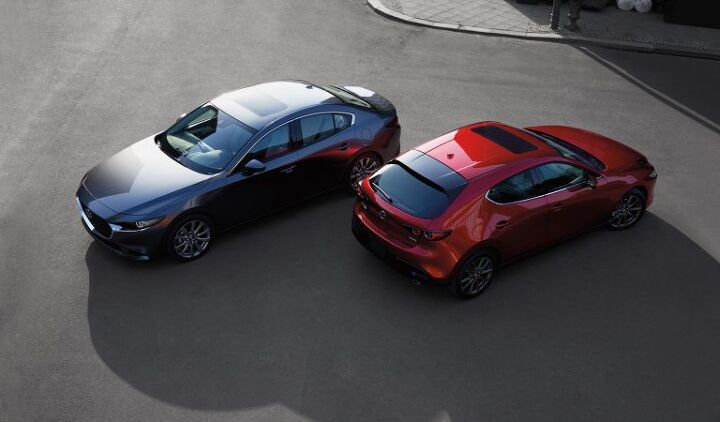
















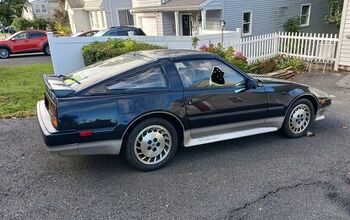
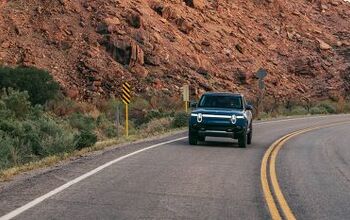
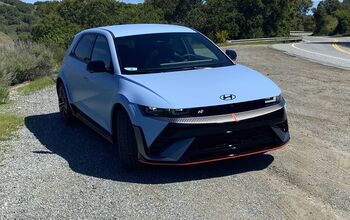
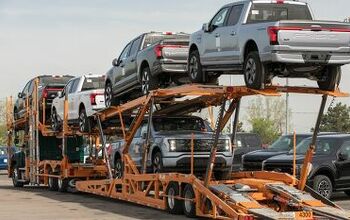
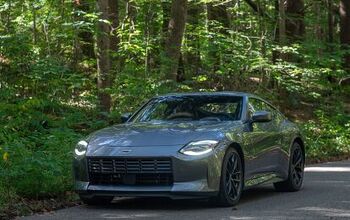
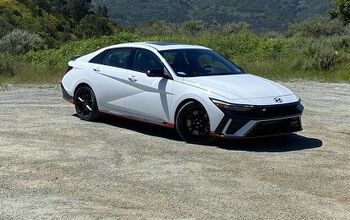
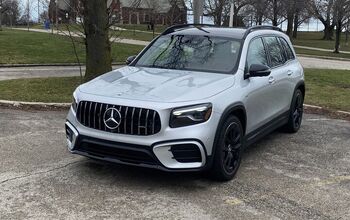
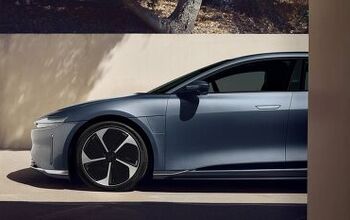

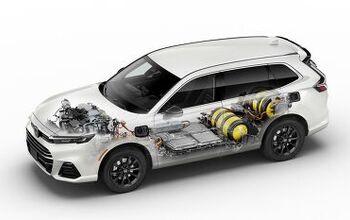

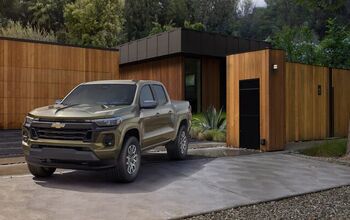
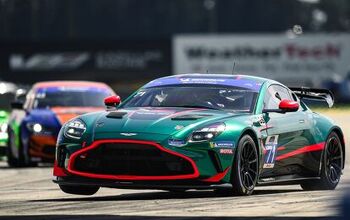

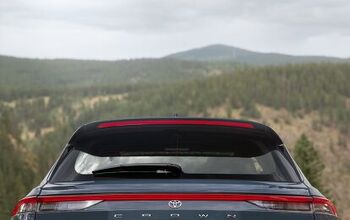
Comments
Join the conversation
Don't understand why they dialed back the dynamics when they knew the CX-30 was coming. What is the 3's raison d etre?
It's pretty simple, the 3 is too small and too expensive. The 6 doesn't have AWD. The cx5 is too long in the tooth. The cx9 is great , but out of reach of most JDM shoppers price range. I'm a big fan of the 3 sedan styling. A perfect car for me would the 3 ext/int. w/ Civic/Corolla sedan dimensions , either the Civics or the Corolla's drivetrains, and the old 3s suspension.